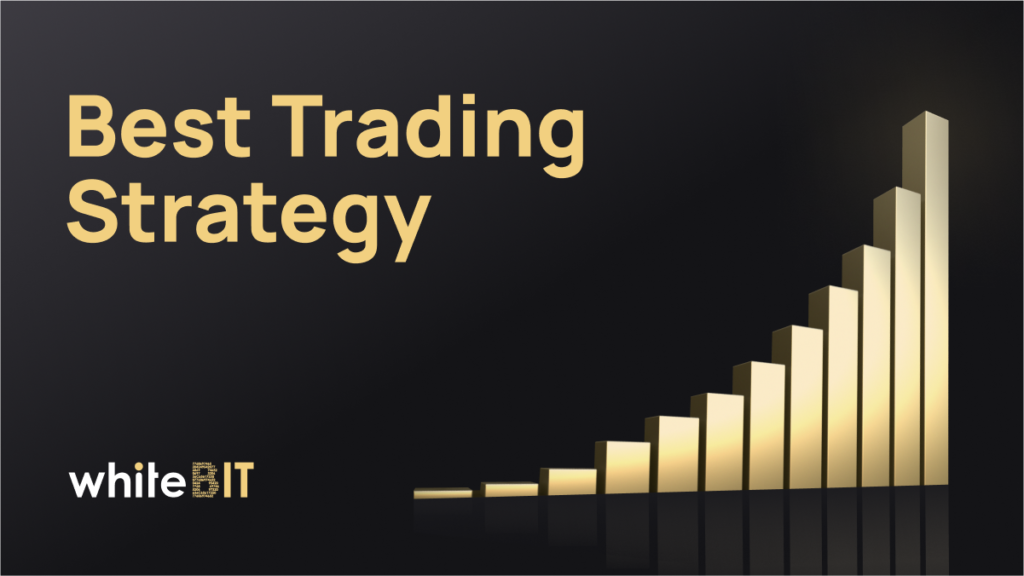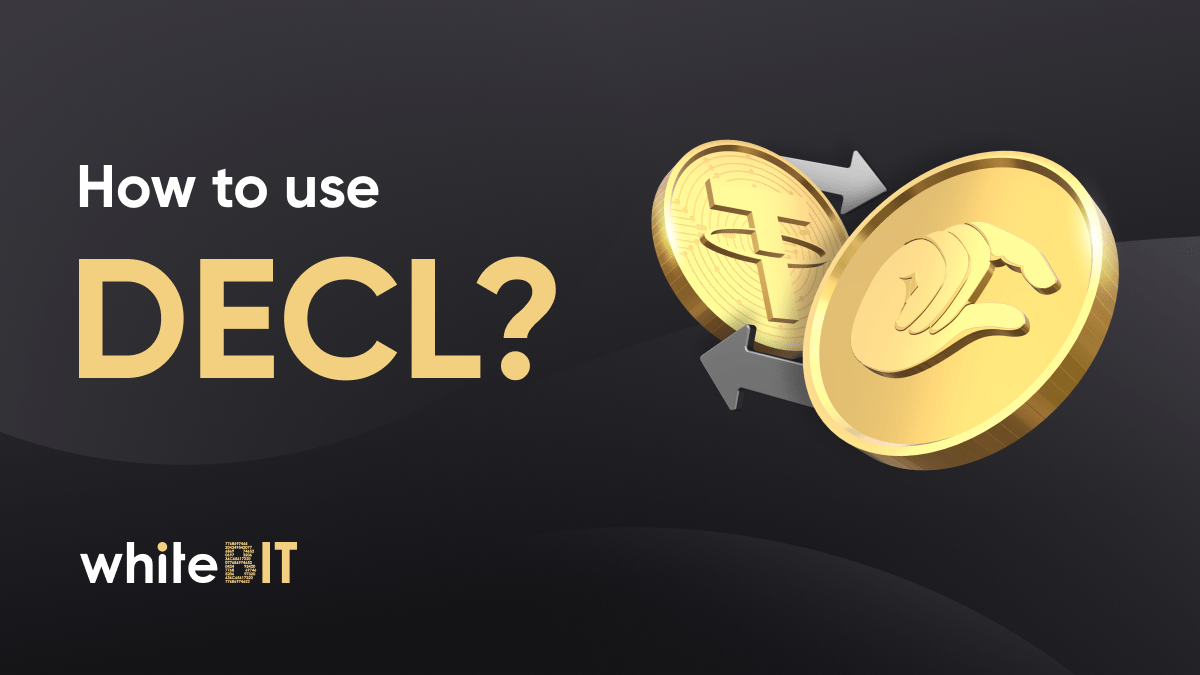Best trading strategy: fundamental + technical analysis

Content
Traders around the world compete in the accuracy of their predictions. Everyone uses different approaches to achieving success, but they all converge on one point — analysis.
Surely you’ve heard about both fundamental and technical cryptoanalysis, and you understand what they mean. However, to remain on the pedestal of trading skills, you need to know how these methodologies interact and how to form a logically correct chain of thought when choosing your strategy.
Fundamental analysis in action
Let’s take a quick look at how fundamental analysis works. We have previously published detailed material about this approach, and we recommend reading it.
In any case, every trader is faced with fundamental analysis and must understand how to use it.
The essence of this method is to find the necessary information for making your forecast about the crypto project and its token/coin potential.
In simple terms, the goal of fundamentalists is to find the real value of an asset and evaluate its possible rise or fall in the long term.
The trader must collect data about the project. For example, get acquainted with its basic idea, assess the feasibility of its implementation, research financial indicators, compliance with documentation, and other indicators in order to avoid mistakes in his forecast.
A few words about technical analysis
With regard to technical analysis, the trader’s task here is to determine the asset’s trend, using its early indicators displayed on the chart.
To define the trend, you need to pay attention to various indicators that will tell you how the price will change and what moments are best to choose for entering/exiting a position.
An excellent way to navigate the basic principles of technical analysis is to get acquainted with Dow Theory, which includes fundamental ideas. Using this theory, you can understand at what points fundamental and technical analysis meet.
The price is real only at the moment of its consideration. All asset prices depend on many factors that exist in the market. Since we are participants in a highly volatile environment, cryptocurrency prices include market sentiment, supply and demand of tokens/coins, and even political factors.
Rate changes are not accidental. Quiteoften, price movements respond to long-term or short-term trends. When an asset forms a trend, it’ll match it for subsequent opposition. Technical analysis allows you to study trends thoroughly for the following benefits. At the same time, technical analysis without additional methods pays more attention to the asset price itself, and not to the actions that led to its movements.
Everything repeats at some point and the goal of technical analysis is to understand the market’s psychology, to find similar situations in the past to make a forecast for the future.
Working with two approaches
However, you should always remember that technical analysis is a practical matter, and using this approach alone will not be able to reveal the full picture.
The cryptocurrency market is a “hostage” of the information field. In 2017, when the industry was booming, it was news that was the catalyst for active leaps. Despite the fact that the crypto world is getting stronger and doesn’t react so brightly to every statement in the media, this direction still has a powerful impact on the market. Here we can see the need to use fundamental approaches.
An analyst who has done a thorough fundamental analysis and strengthened his forecast with a technical one is always more likely to succeed. Indeed, it’s a fundamental analysis that provides an opportunity to understand the real value of a cryptocurrency and choose the most appropriate time for buying/selling.
At the same time, fundamentalists are often criticized for the fact that this type of analysis can only predict the possible coin’s value, and not provide information about the actual rate.
On the other hand, the isolated use of technical analysis can also let you down, as it is unable to predict the most appropriate time to buy or sell an asset.
Thus, it can be concluded that these methods should work in combination.
If you are an adherent of a fundamental approach, then you can initially analyze several indicators of demand and then turn to reading charts to determine the best entry/exit point.
If you like technical analysis more, you can find the right time to sell the asset and, using fundamental analysis, make sure your opinion, relying on the main indicators of demand.









